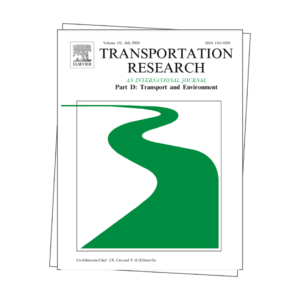This study gathered empirical evidence of the associations between perceived transportation disadvantages and travel time-based opportunity inaccessibility. Based on an online survey with a representative sample in South Carolina, we identified three latent factors of perceived transportation disadvantages: high travel costs and efforts (e.g., money and time spent for travel), limited travel ability, and safety concerns. We also constructed the factor of perceived inaccessibility of various essential opportunities based on preferred travel times. By estimating a structural equation model, we found that travel time-based opportunity inaccessibility perception was positively associated with perceived transportation disadvantages such as high travel costs/efforts and limited travel ability. The factor of safety concerns did not directly affect the time-based inaccessibility perception but had positive covariance with the factors of high costs/efforts and limited ability. Perceived inaccessibility was distributed inequitably across population groups (e.g., race and age) and associated with the built environment. The paper provides insights into the multidimensional interrelationships between the perception-based factors of disadvantages and inaccessibility from a new perspective and discusses the policy implications for improving transportation equity.
 PAVE US
PAVE US PAVE EUROPE
PAVE EUROPE PAVE UK
PAVE UK

